Answer Digital: Celebrating the Future of Healthcare
.jpeg)
Amidst the haze of conference season, we are seeing one particular topic in the conversation "spotlight": data.
While it’s clear that data is in fact key to the future of the healthcare system, just how we get it, store it, and use it, is still blurry.
As a non-techy person, I have to ask the question: why is data a challenge, still? The NHS represents a huge reservoir of information, housing the health records from 65 million people across 200 different UK organizations. So why can’t we just access it and analyse it instantly?
Here's what the annual Celebrating the Future of Healthcare event from Answer Digital had to say.
Future Medicine's interview with Ruth Holland, Chief Data and Analytics Officer at OneLondon.
When Data Can’t Cross the Street
A big problem lies in the infrastructure of the systems themselves: they’re disconnected. A hospital on one side of London, for example, might use a completely different provider to record patient information than on another side of the city.
Each of these systems will likely have its own data formats and coding standards, making it difficult to standardize into one universal “language.”
Professor Jim Davies, Chief Technology Officer of the Thames Valley and Surrey NHS Secure Data Environment (SDE), even noted that it’s more than just a computer issue. Each hospital, he argues, might use a different name for all of its tests, making it difficult to marry up all the data points in their own distinct categories.
And, test names aside, procedural notes lack uniformity. Prof Davies draws our attention to the Multidisciplinary team (MDT) meeting, a key component of cancer care where specialists decide on the best treatment path for patients.
“The meeting notes aren’t captured in a structured, organized fashion," he says. "They are likely free-text notes typed up into a Word doc that’s later turned into a PDF and uploaded to CERNA as a blog.”
Attempting to integrate all of this information, then, is like trying to translate a book in Cantonese using a GCSE French textbook -- potentially, with whole pages torn out.
Future Medicine's interview with Professor Jim Davies, Chief Technology Officer at Thames Valley and Surrey NHS Secure Data Environment.
The Search for a Common Data Language
At the moment, there is no standard data ‘dictionary’ that enables researchers and hospitals to seamlessly integrate health records -- or rather, the one that exists (the Observational Medical Outcomes Partnership, OMOP, Common Data Model, CDM) doesn’t capture everything scientists need to know.
As Prof Davies puts it, OMOP is “not really suited for population health work,” or for healthcare more generally. Particularly, as it struggles to record longitudinal data: the kind that connects the dots of a patient’s journey rather than just recording isolated moments in time.
But the Thames Valley and Surrey NHS SDE has been working with Answer Digital to address it. Prof Davies describes how the tech company has “been brilliant” in mapping the SDE data to the Observational Medical Outcomes Partnership (OMOP) Common Data Model (CDM) in a “way that adds value.” He adds that the mappings are “intelligent, contextualized, and reproducible.”
No less, Prof Davies points out that they’re still missing the primary data from organizations, such as GP surgeries, community pharmacies, optometrists, and dentists, but “negotiations are ongoing” to access more of the health data in the Thames Valley and Surrey area.
“When we do get that data,” he concludes, “we won’t have to reinvent the wheel. The hard work of onboarding that data is already done.”
The Power of Primary Care Data
Justine Brightwell, Head of Delivery Digital Primary Care at NHS England, agrees that primary data is crucial for the NHS’s future -- especially that obtained from General Practitioners (GPs). It’s thought that 80% of activity in the NHS service comes from GPs, Brightwell tells us, while being responsible for 65% of the NHS app’s functionality.
But, building on Prof Davies’ argument, she suggests that the way GPs capture that data is outdated. They’re often relying on old systems that struggle to integrate new software, or “legacy tech,” as they’re better known.
That’s now beginning to change. NHS England has already begun rolling out Medicus, a next-generation electronic patient record (EPR) system that is currently live in five GP practices across the UK and housing data for around 60,000 patients.
Early results, Brightwell says, show promising results. “It really has meant that practice staff can leave on a Friday and come back on Monday morning to a completely new system,” she explains, noting that data migration times have been cut by ~85%: from three weeks to just three days. In 2026, Brightwell tells us that three additional suppliers -- Optum, Checkup, and OXDX -- will begin deployment across the nation.
In doing so, the NHS is laying the digital foundations for a healthcare system that feels more connected, responsive, and human.
Future Medicine's Interview with Justine Brightwell, Programme Head for Delivery of the GPIT Futures Programme.
Connected Care On a Single-Patient Level
While hospitals and GPs work to unify their systems, others are looking at what connected data could mean for patients individually.
Deborah Porter, Deputy Director Genomics Service Transformation at NHS England, envisions a future where every person has a Unified Genome Record: a single patient record combining both genomic and clinical data to inform personalized treatment.
The potential impact is enormous. Consider pharmacogenomics, for example, which uses a patient’s genetic profile to predict medication response. The NHS currently spends £19.9 billion a year on drugs, yet another £2.2 billion treating adverse reactions to those same medications. Between 8.5% and 15.6% of hospital admissions result from patients being given drugs that don’t suit them.
Genomics could prevent much of this waste and harm. “And it’s not expensive to do so,” Deborah says. “But, what is expensive to do is link all of the parts of the system: the 6000 GP surgeries, plus the community pharmacies, as well as the 200 odd secondary healthcare organizations.”
In other words, personalized medicine depends majorly on the NHS’s interoperability as a whole.
Future Medicine's Interview with Jean Abraham, Professor of Precision Breast Cancer Medicine at the University of Cambridge.
Building the Infrastructure
How will the UK get there? According to Deborah, the answer lies in adopting universal data standards and modern infrastructure. The Health Level Seven Fast Healthcare Interoperability Resources (HL7 FHIR) framework (a free global standard for exchanging health data) is becoming the backbone of NHS information exchange, ensuring different systems can “speak the same language.”
She also highlights the development of a new NHS cloud-based platform designed to support both data sharing and advanced analytics, such as bioinformatics and AI tools.
“It will be supported by a robust governance framework -- secure, private, GDPR-compliant, and backed by new ministerial direction -- allowing us to share data nationally,” she adds.
As cyber concerns grow, this emphasis on secure, standardized sharing is crucial for maintaining public trust.
Concluding Remarks
Delivering on the NHS’s 10-year plan will demand careful orchestration between systems, standards, and people.
Yet with the rollout of modern EPRs, unified data models, and a national push toward interoperability, the building blocks are already being laid.
If the NHS can make that leap, the promise of personalized, data-driven medicine might finally come to fruition.
Expert Insight on the Future of Healthcare
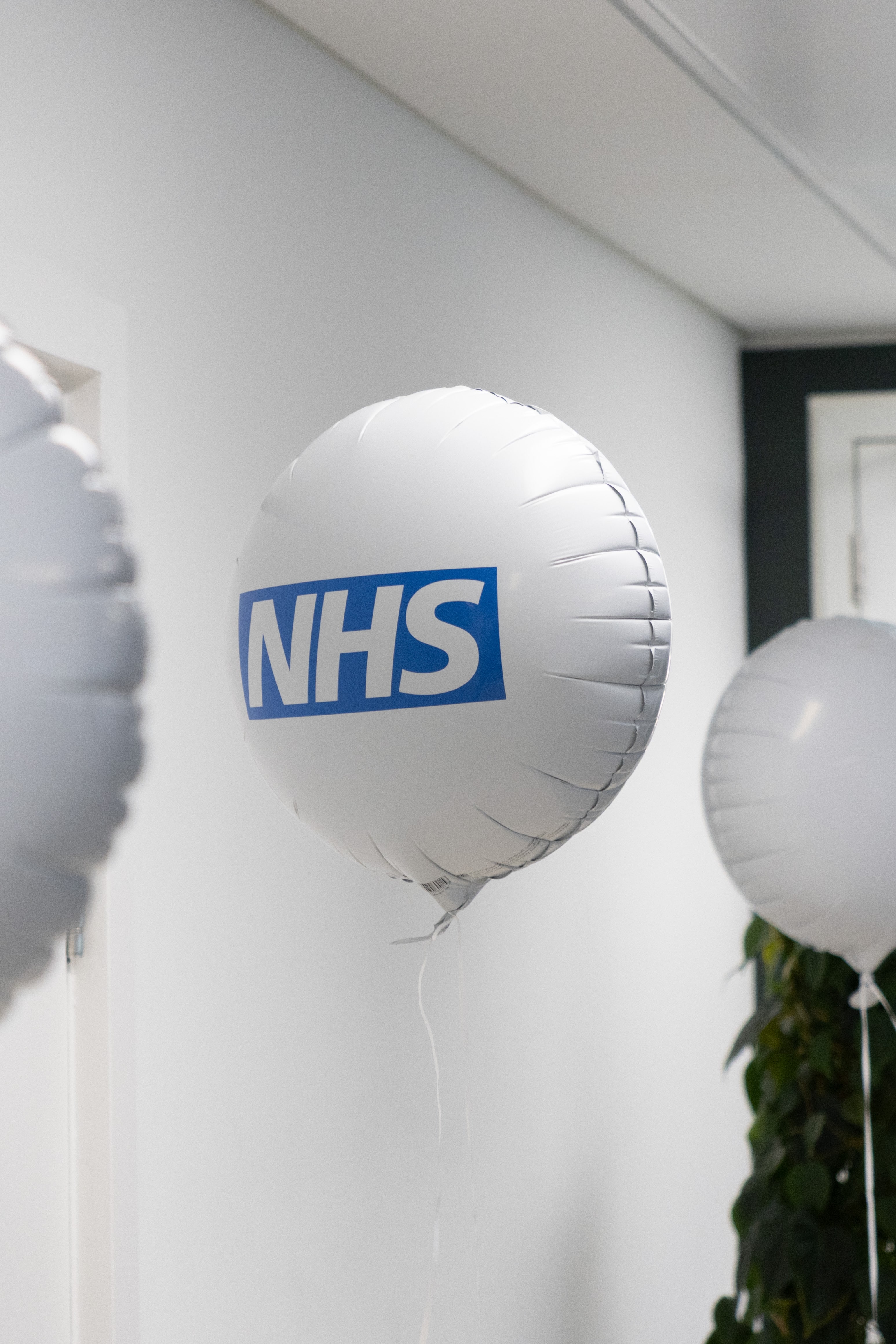
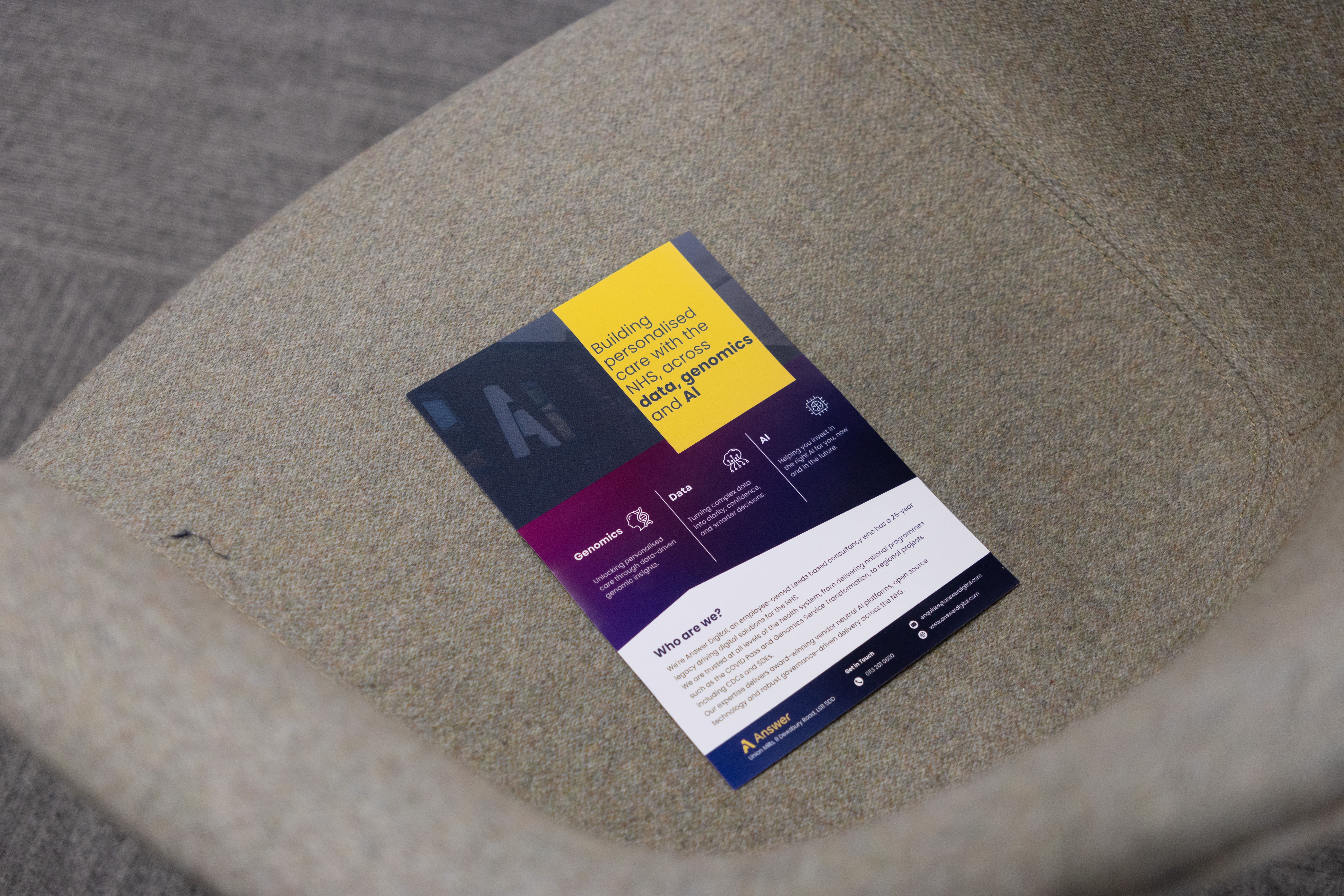
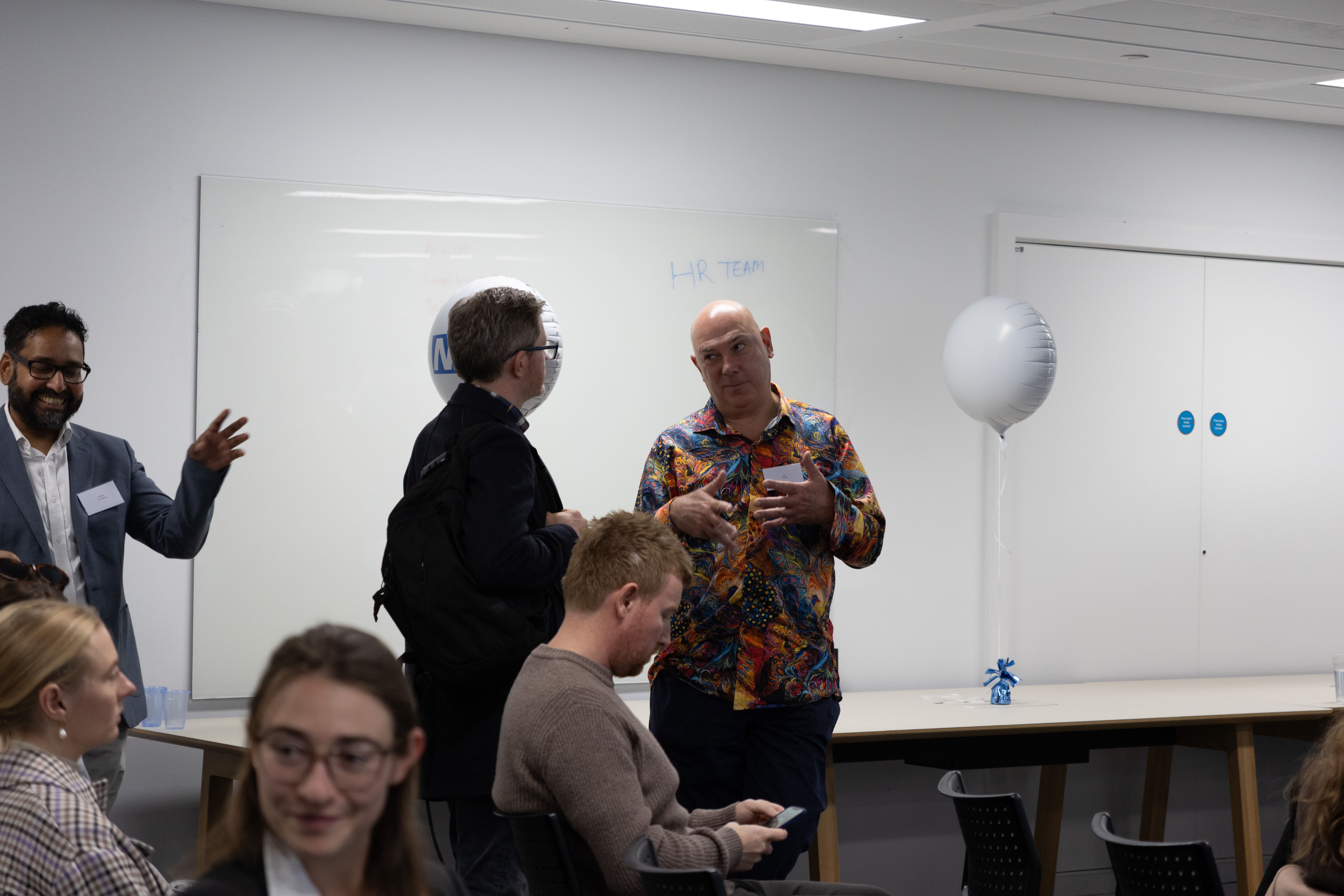
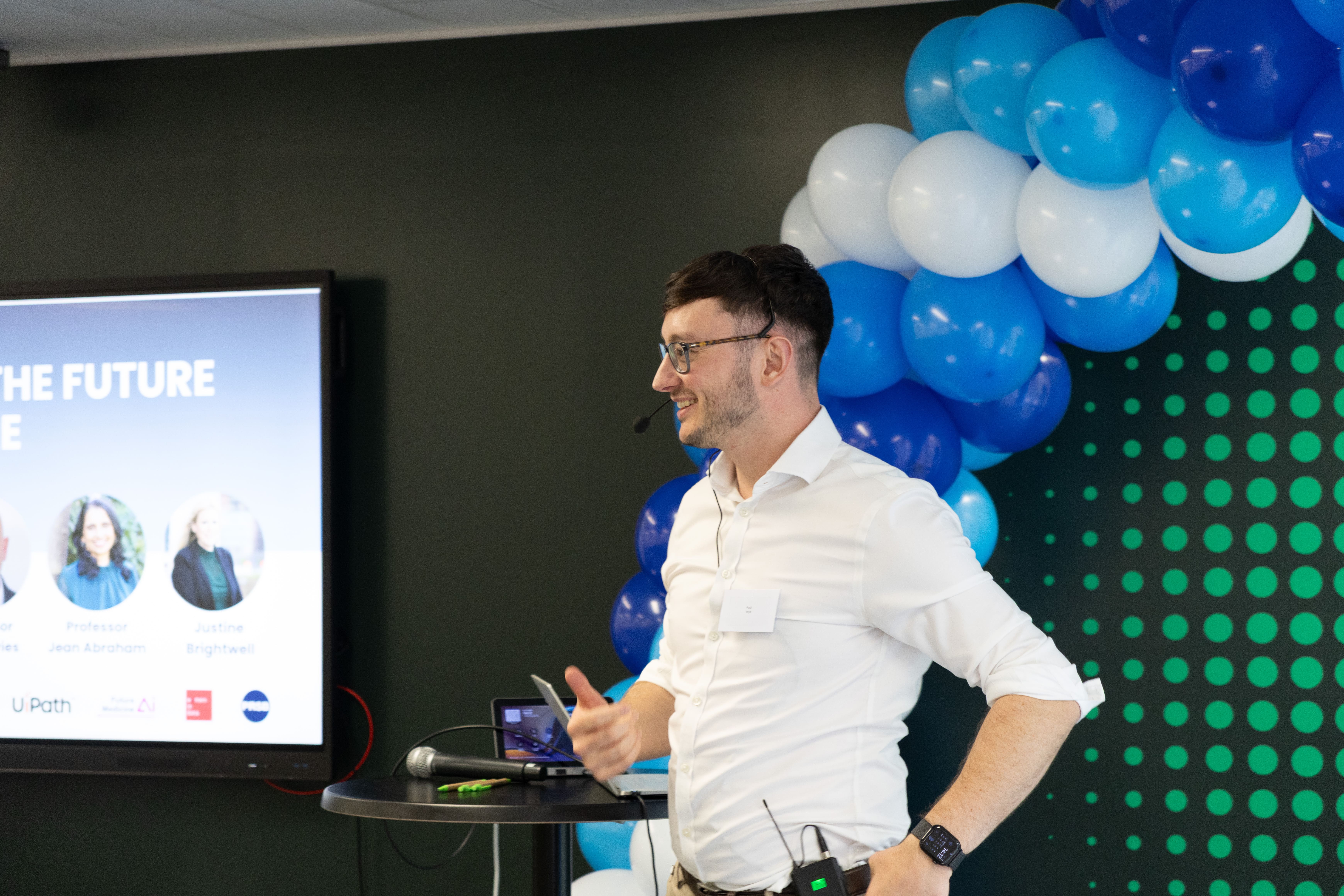
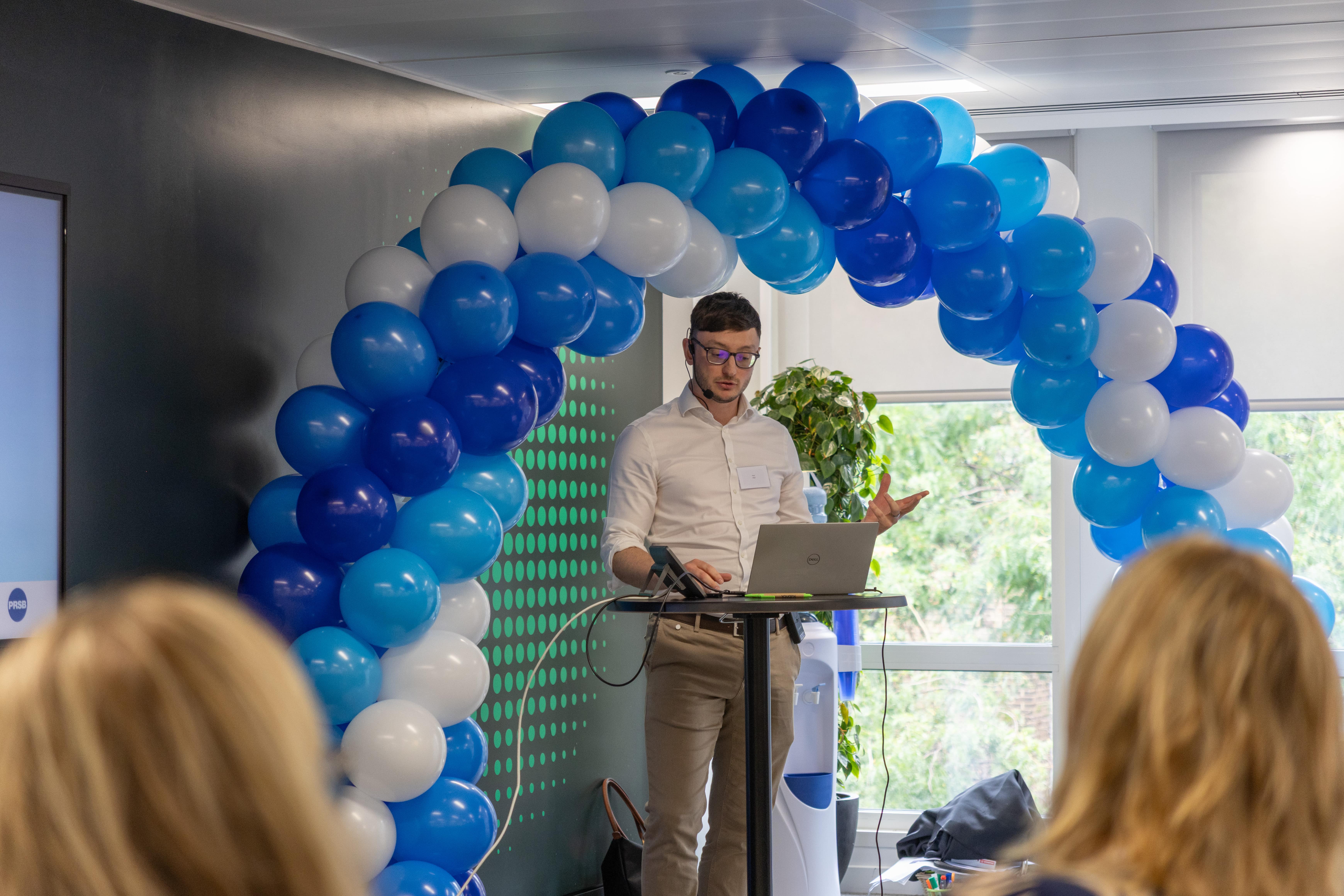
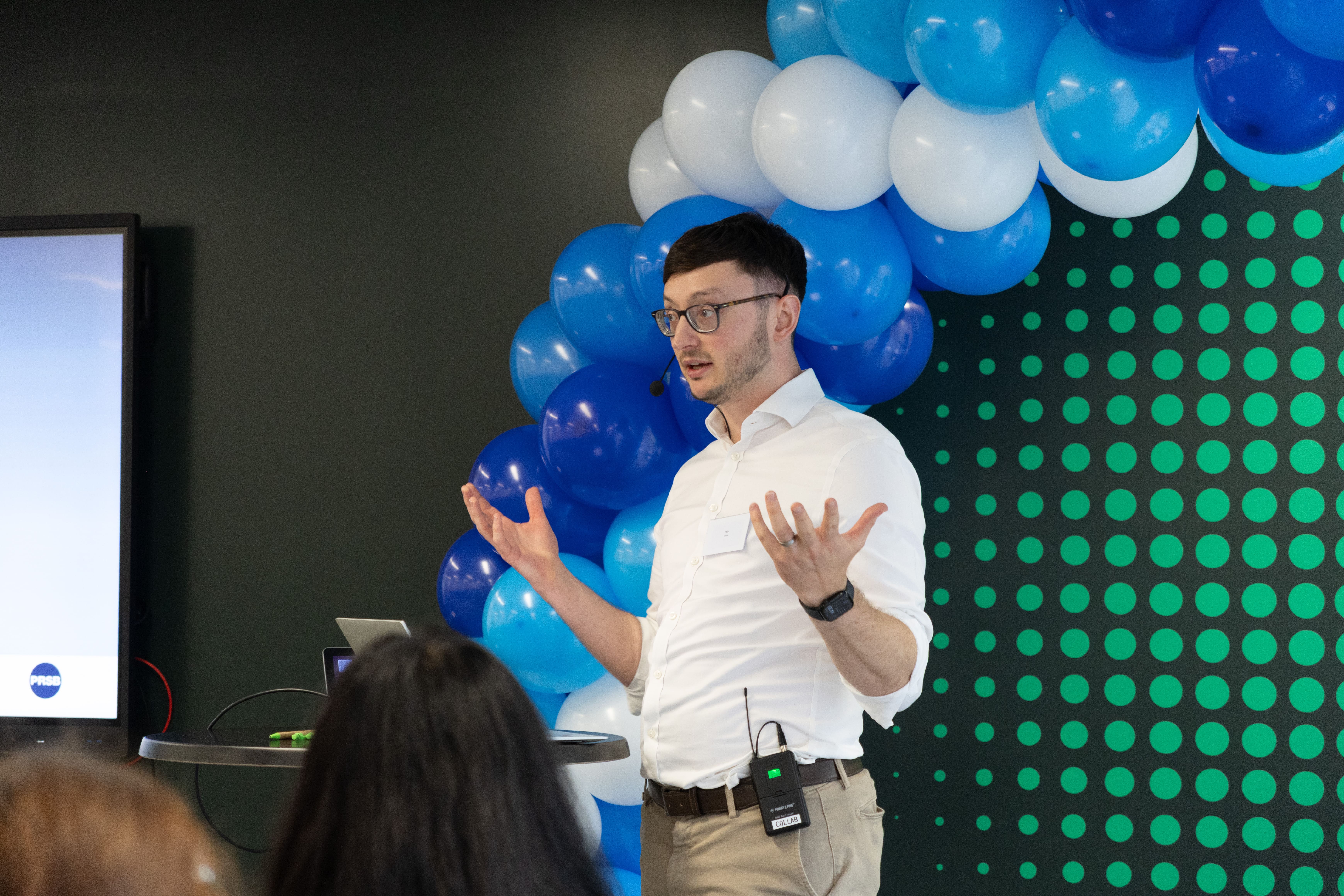

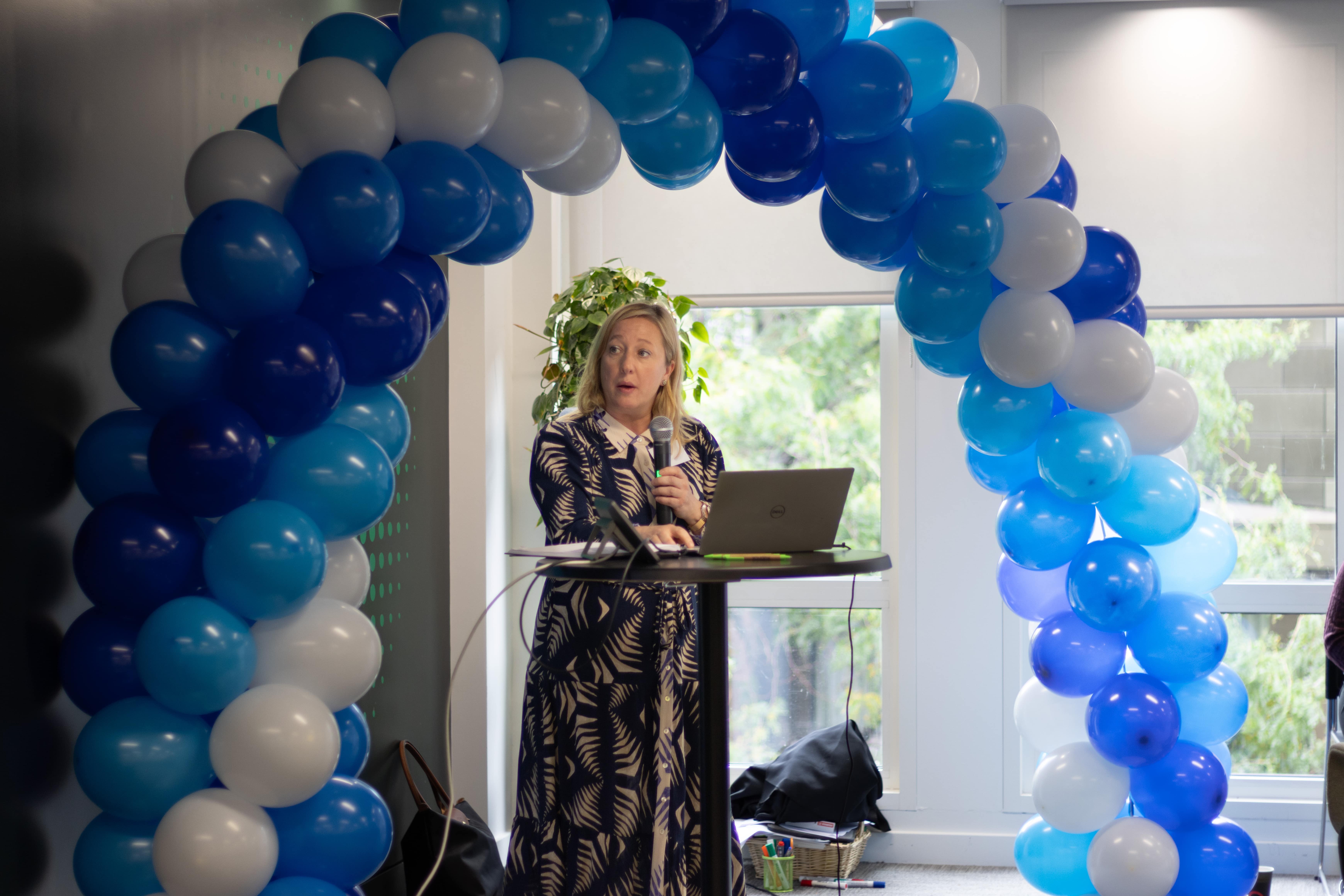
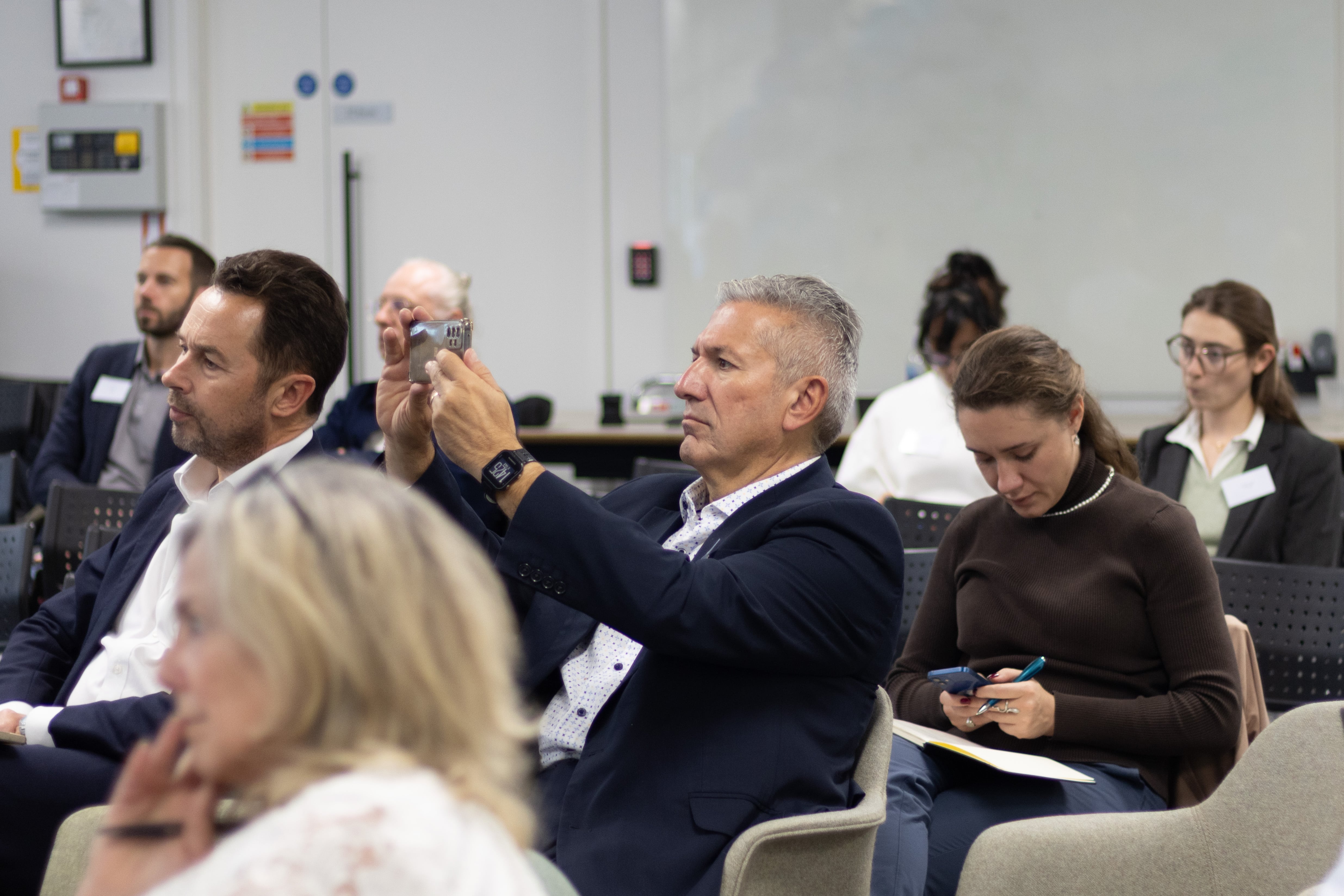



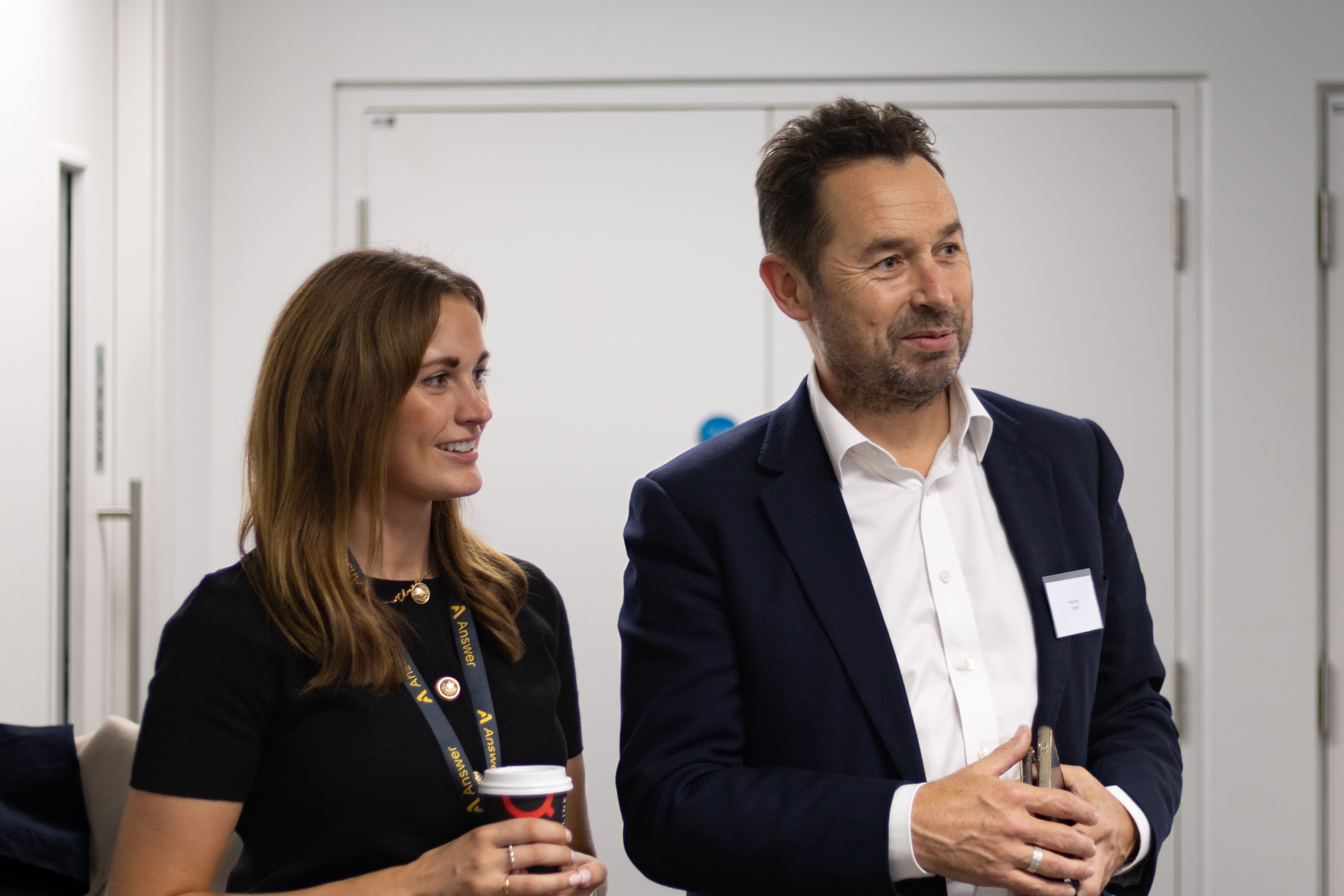


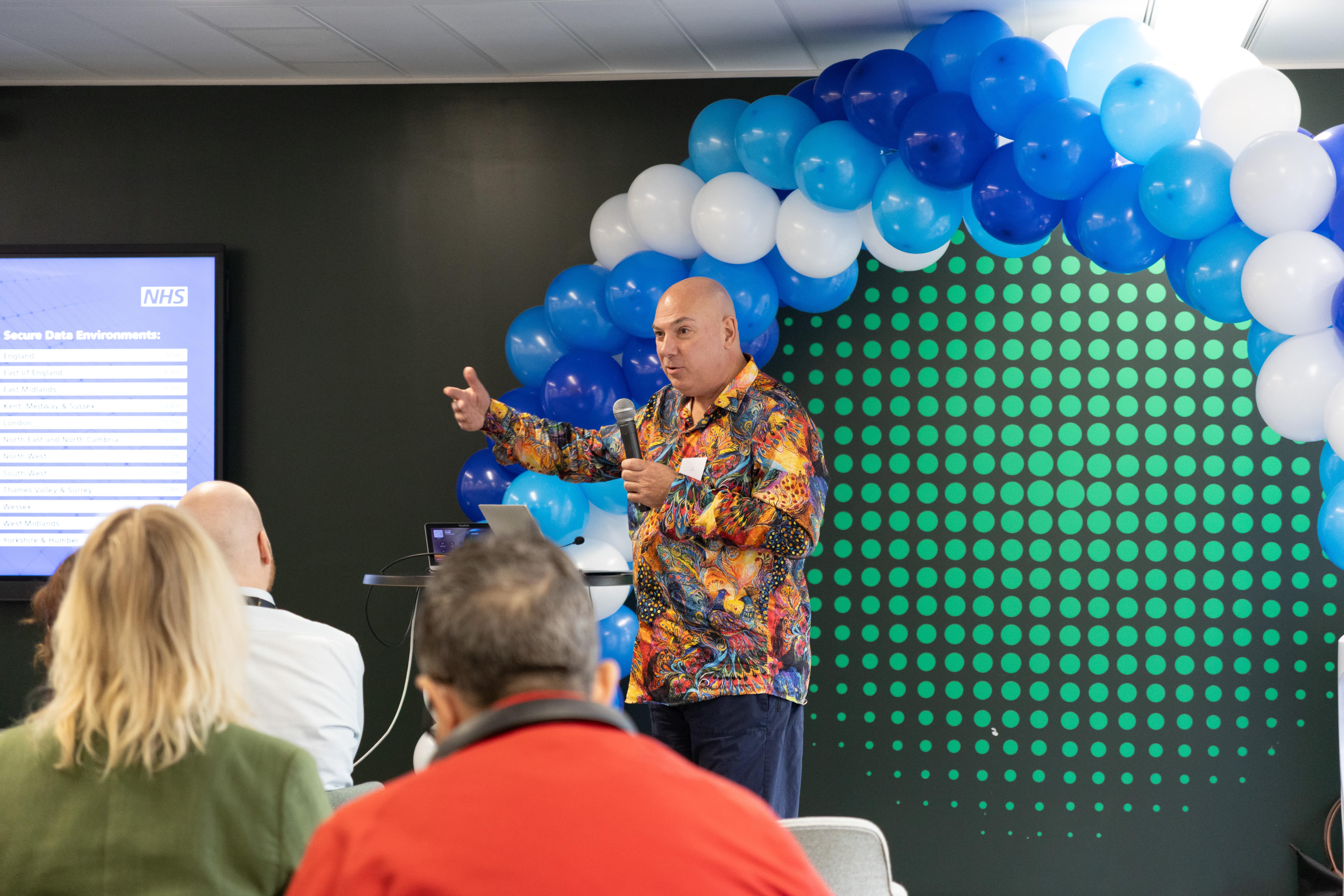

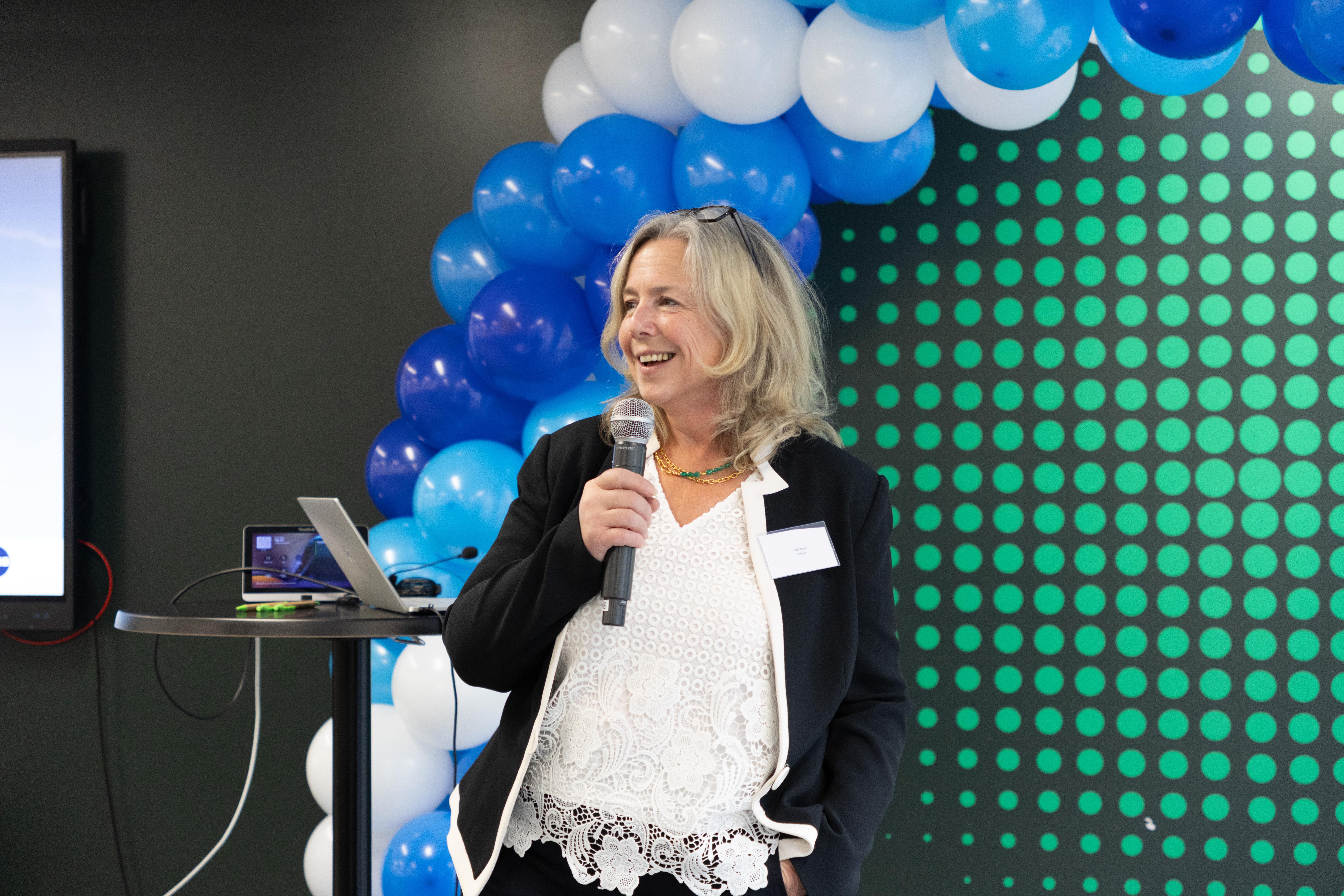
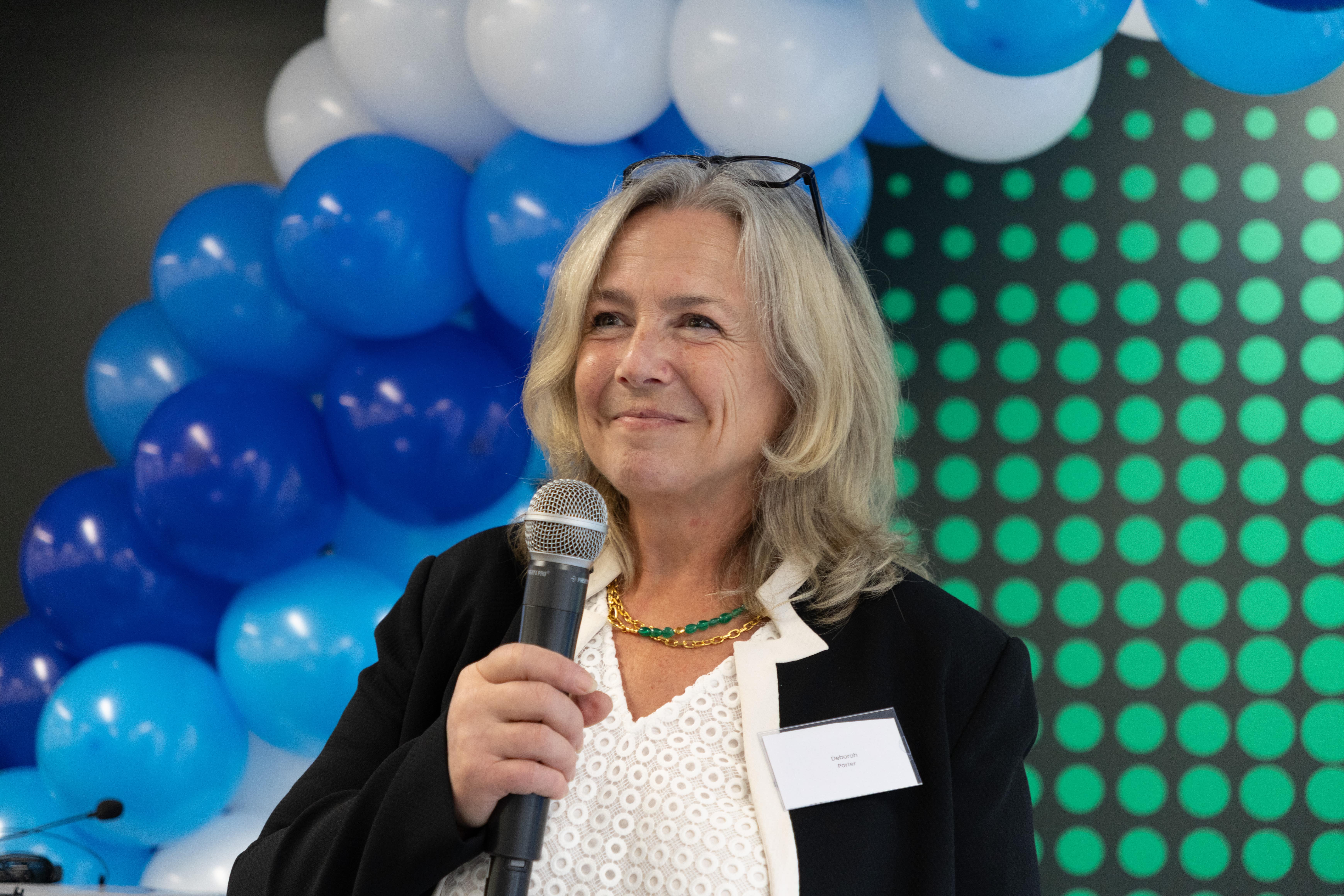




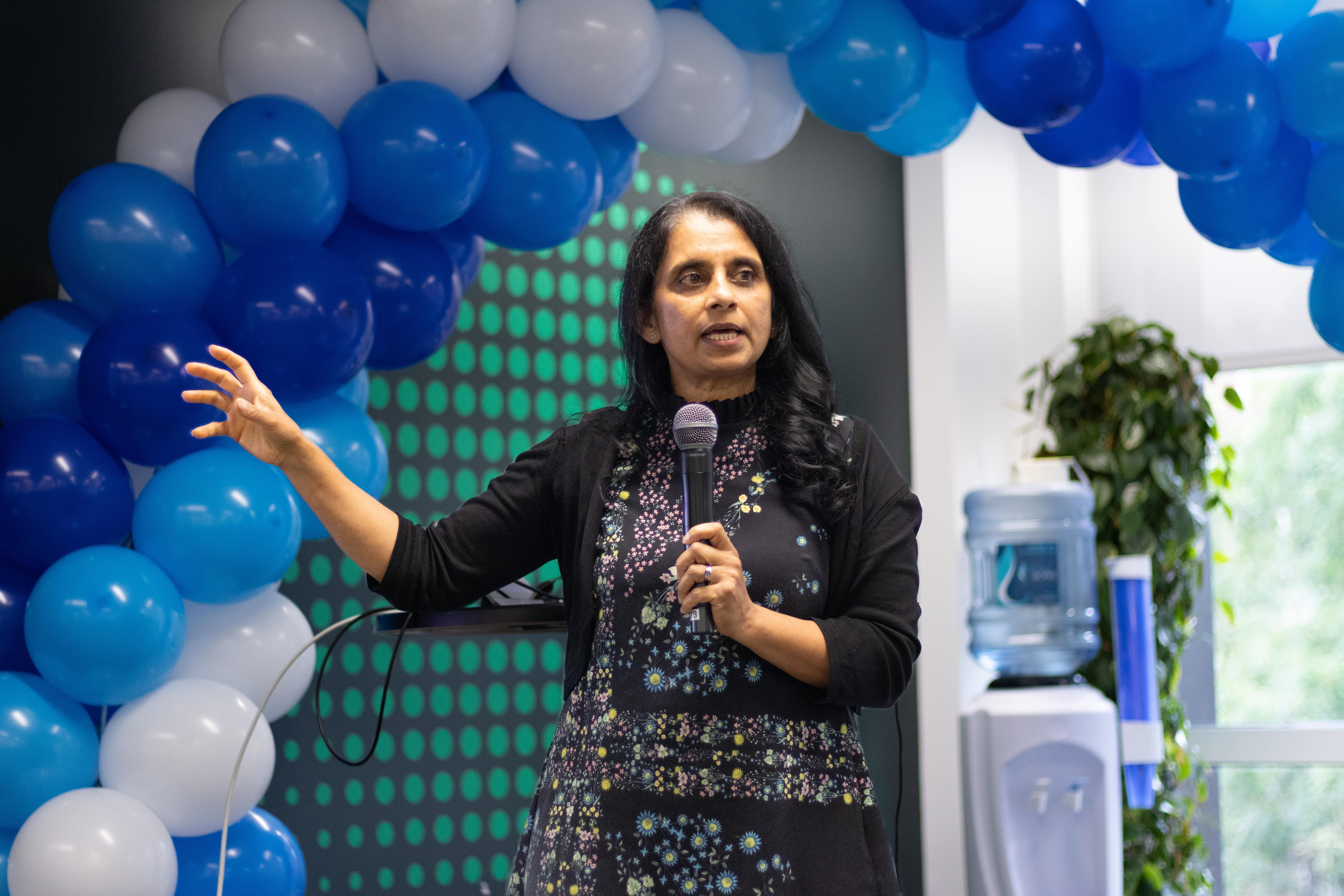

.png)
.png)
.png)